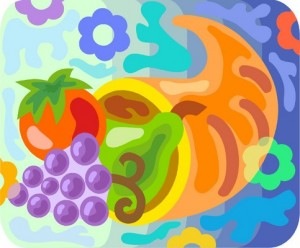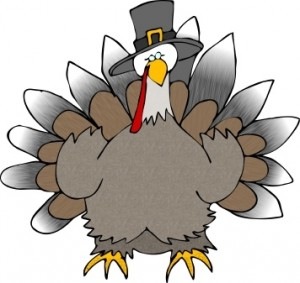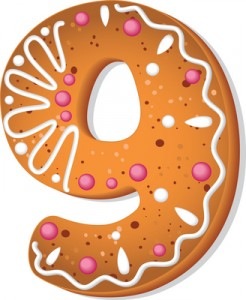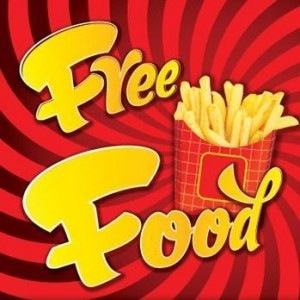 A Time For Giving Thanks And A Celebration Of Abundance
A Time For Giving Thanks And A Celebration Of Abundance
Those of us who are lucky enough to go to or host a Thanksgiving dinner are often faced with a dilemma: overabundance. Our Thanksgiving meal has become associated with a true groaning table – a table loaded with turkey, stuffing, sweet potatoes in multiple formats, cranberry sauce, gravy, green bean casserole, brussel sprouts, and traditional family specialties. For closers there’s apple pie, pecan pie, pumpkin pie, ice cream, cookies, and whatever other desserts Grandma, Aunt Sue, and Mom decide to make or bring.
A Feast and a Caloric Overload
How can you enjoy your traditional Thanksgiving dinner and not feel like a slug for days afterward? The ironic thing is that the usual main dish is really lean poultry (turkey), and the main vegetables and condiments are nutritional powerhouses (sweet potatoes, brussel sprouts, and cranberries). The traditional dessert is made from a vegetable (pumpkin pie) or nuts (pecan pie) so you wouldn’t think this would be so difficult.
The calories in a traditional Thanksgiving dinner are estimated to range from 2,000 to 4,500, depending on what you put on your plate. Most people of average size who get moderate activity should eat between 1,600 to 2,400 calories per day, so Thanksgiving dinner is quite a hefty meal. So are the calories eaten the rest of the day — from the warm-up grazing food to the leftovers. Not everyone gains weight over the holidays, but if you do, those pounds rarely come off.
Who Wants to Count Calories on a Holiday?
Most of us don’t want to count calories on a holiday. If you deprive yourself of the traditional foods you come to associate with holidays, more often than not you end up paying the piper. That’s when you find yourself standing in front of an open fridge rummaging for leftovers because you feel deprived from the stare down you had with your favorite foods earlier in the day.
Have Your Own Plan of Attack
Create an eating plan of attack before the celebration day. You know you’ll eat a bit more – or maybe a bit more than a bit more – than on a typical day. Mathematically allow for your holiday meal. Remember, calories in – calories out. Compensate by eating a little lighter the days before and after. Add in a long walk. It takes 3500 calories to gain or lose a pound — so think about balancing out your calories during the weeks before and after the holiday.
Don’t starve yourself the day of the grand meal. If you try to save up calories for a splurge, you’ll probably be so hungry by the time dinner is ready you’ll end up shoving food into your mouth faster than you can say turkey.
The Key Is Balance, Not Deprivation
Inevitably, if you deprive or restrict yourself you eventually end up overeating. The mantra becomes – “it’s just one day.” The problem is the one day extends to leftovers the next day – then the weekend – then to Christmas parties – then to the New Year’s Eve party. It could even extend to Super Bowl Sunday!
Celebrations the day of are fine. Celebrating for weeks on end is not. Plus, you’ll end up hating yourself!
Try some of these:
- Give yourself permission to not eat something just because it’s tradition.
- Only eat it if you want it. Eat what you want not what you think you should.
- Say no to the friend or relative who is pushing the extra piece of pie. You’re the one stepping on the scale or zipping up your jeans the next day – not them.
- Make some rules for yourself and commit to them.
- Make a deal (with yourself) that you can eat what you want during dinner. Put the food on your plate and enjoy every last morsel. I’m not even suggesting that you leave some on your plate. But – that’s it. No seconds and no double-decking the plate.
- Limit the hors d’oeuvres. They really pack in calories. Make eating one or two your rule.
- Trade hors d’oeuvres for a luscious piece of pie for dessert.
- Alcohol adds calories (7 calories/gram). Alcohol with mixers other than club soda or diet soda adds more calories. Plus, alcohol takes the edge off lots of things – including your ability to stick to your plan.
- Drink water. It fills you up. Have a diet soda if you want. If you’re going to drink, limit the amount – alternate with water.
- Control your environment. Don’t hang around the buffet table or stand next to the platter of delicious whatevers. Why are you tempting yourself?
- Talk to someone. It’s hard to shove food in your mouth when you’re talking.
- Get rid of leftovers. The best laid plans have been defeated by leftover stuffing.
- Don’t nibble during clean-up (or preparation for that matter). Broken cookies, pieces of piecrust, and the last spoonfuls of stuffing haven’t magically lost their calories.
If you ignored a lot of this, you ate everything is sight, and your exercise was walking back and forth to the to the buffet table, put on the tourniquet. It was just one day — just don’t let it stretch into days or weeks. Remember to enjoy the holidays. Be grateful. That’s the point, isn’t it?



